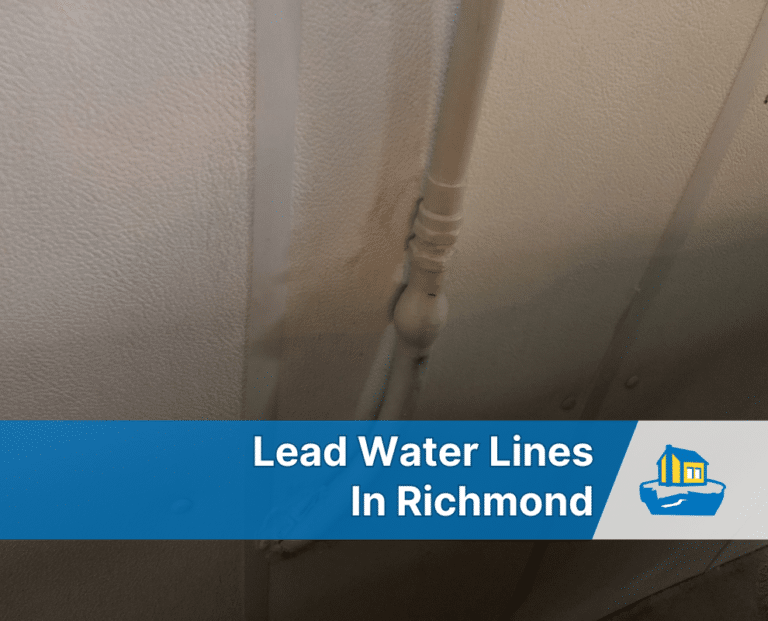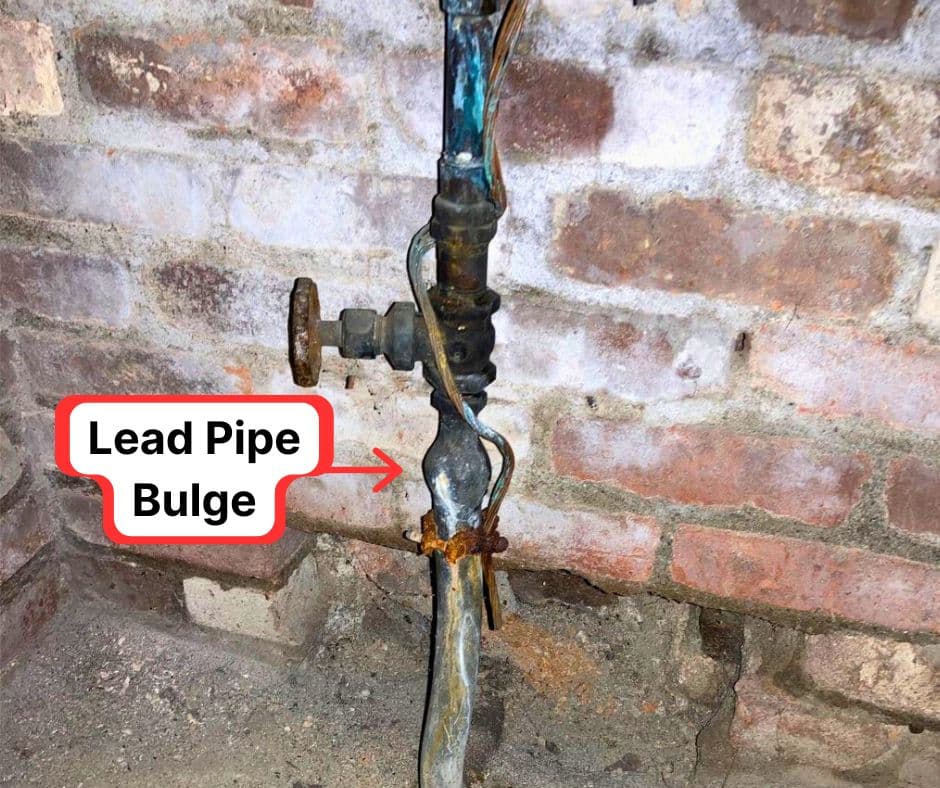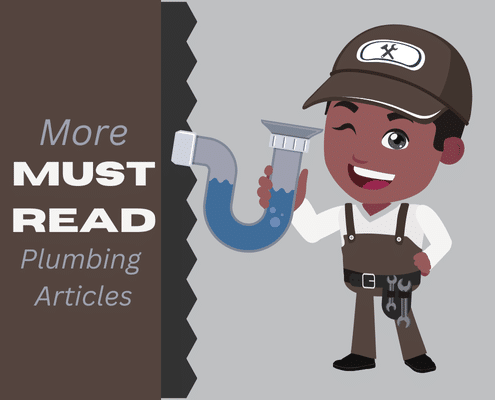4.9 1890+ Google Reviews

Homeowners in Richmond, VA need to understanding the risk of lead water service lines. Despite improvements in water quality and safety regulations, Richmond lead water pipes are still common and pose a risk to residents.
Richmond’s historic neighborhoods frequently contain homes built before the 1950s. These older homes are more likely to have lead water service lines connecting them to the city's public water systems.
Lead pipes were commonly used in the past because they were inexpensive and durable. But today, we know that exposure to lead—even at low levels—can have devastating health impacts, especially on young children, pregnant women, and vulnerable populations.
According to the U.S. Environmental Protection Agency (EPA) and the Centers for Disease Control (CDC), consuming tap water contaminated with lead can lead to significant health problems.
Young children exposed to lead may experience developmental delays, learning disabilities, and behavioral problems. Pregnant women exposed to lead risk premature births and developmental issues in their unborn children.
Richmond property owners can take straightforward steps to determine if their home has lead pipes:
Inspect the area around your water meter, crawl space, and other home service areas. Lead pipes typically have a dull, silver-gray appearance and are easily scratched to reveal a shiny surface.

Know if your water is safe for under $40
If you discover lead service lines, immediate steps can reduce your family’s risk of lead poisoning:
Utilize NSF 53 certified home filtration systems that remove lead from your tap water.
Pursue complete replacement of lead water service lines rather than partial replacements to ensure long-term protection.
Fortunately, financial assistance is available to homeowners through Richmond’s Lead Elimination Assistance Program (LEAP), funded by the Virginia Department of Health, federal government, and grant funding from the Bipartisan Infrastructure Law.
Unfortunately, this fund runs out every year leaving most homeowners to foot the bill.
Richmond residents can take a lesson from cities like New York City, which have experienced similar challenges. Public outcry and proactive city council actions in places like NYC demonstrate the importance and urgency of addressing lead contamination immediately.
The EPA’s recent Copper Rule Revisions require public water systems, including Richmond’s water utilities, to maintain detailed service line inventories and reduce acceptable lead levels in drinking water. The goal is to accelerate the replacement of all lead service lines, ensuring safer drinking water for all city residents.
It’s essential to recognize that there are no safe levels of lead exposure, despite common misconceptions. Even "low levels of exposure" can lead to long-term health effects. Credible sources such as the EPA and CDC confirm that complete replacement—not partial—is necessary to mitigate the dangers of lead effectively.

What is the Purpose of a P-Trap?
Should You Replace Cast Iron Pipes?